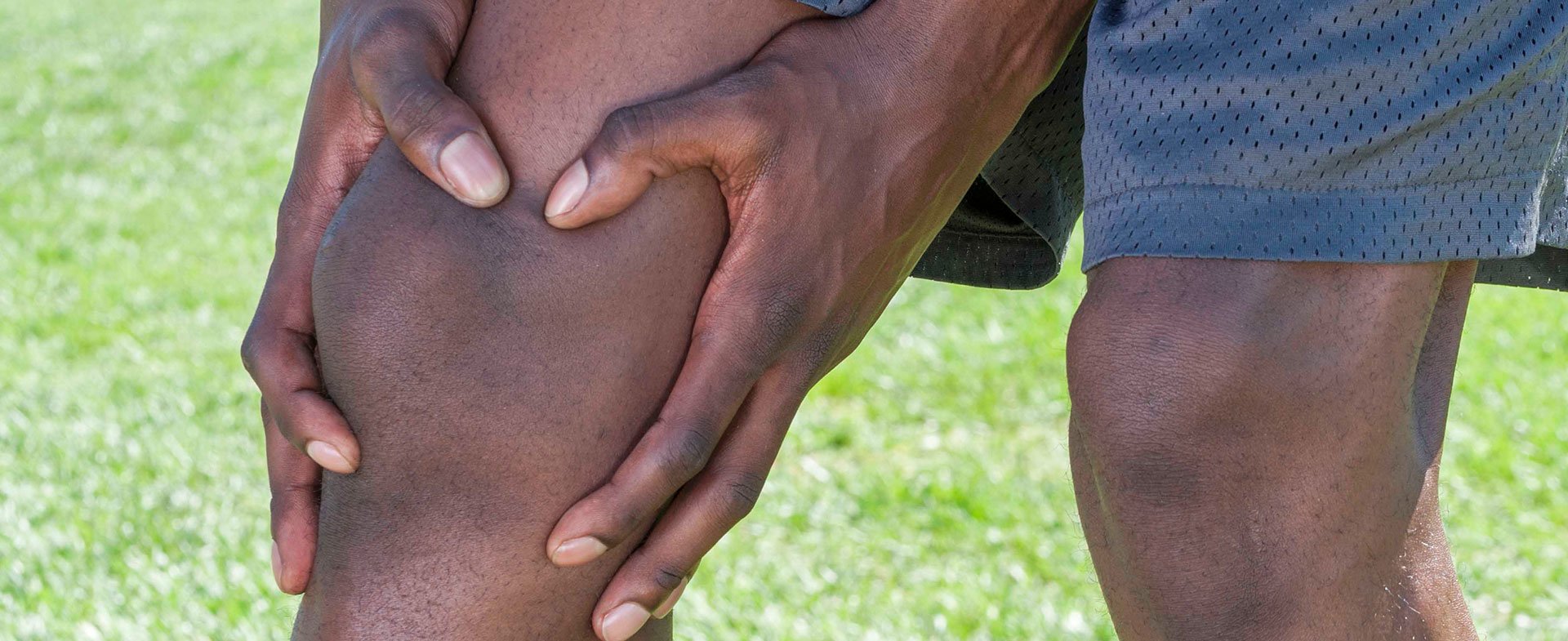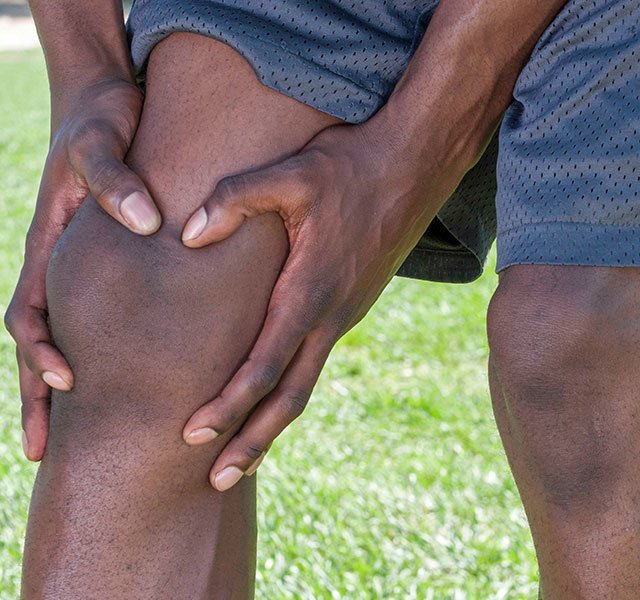Your arteries are responsible for pumping blood throughout your body. But if this process is interrupted in some way, it can set off a chain of possible health problems and complications.
Peripheral arterial disease (PAD) is a condition where arteries in the body (excluding those in the heart) become clogged or blocked. As a result, blood cannot properly flow to different parts of your body as it normally would. PAD is most commonly found in the legs or lower extremities (sometimes it is referred to as lower extremity arterial disease), though peripheral conditions can impact any part of the body outside of the heart.
Tamer Boules, M.D., a vascular surgeon with Henry Ford Health, worries that the prevalence and serious health implications of this condition - and how much the public knows about it - don’t match up.
“This condition is extremely common,” says Dr. Boules. “However, it is often underdiagnosed or not taken seriously enough even after a diagnosis.” In fact, according to the National Institutes of Health, one in every 20 Americans over the age of 50 has PAD.
Here’s what you need to know about PAD:
1. Sometimes the symptoms aren’t easy to spot. “Most cases of PAD don’t have symptoms,” warns Dr. Boules. “That is why the condition is often missed and missing it can be dangerous.” When people do experience symptoms, they usually have the feeling of heaviness, fatigue or cramping pain in their limbs while they move or exercise. Symptoms of PAD in the legs are often easier to identify because it can affect mobility. The sensation, called claudication, usually stops once you stop moving. This feeling occurs because blockages prevent your blood vessels from widening so more blood can flow to your arms and legs when you exercise. “Sometimes patients don’t experience symptoms because they aren’t very active,” adds Dr. Boules.
In more extreme cases, other symptoms may occur such as:
- Skin changes of the feet such as scaliness, paleness or cool skin temperature
- Poor hair growth
- Loss of or weakened pulse
- Burning or pain in the feet when laying down, that can disturb sleep
- Wounds that have issues healing
- Gangrene
If you are experiencing severe pain or wounds that aren't healing, make sure to consult with your doctor immediately. This could be a dangerous sign that something else is going on and you may be at risk for amputation if left untreated.
2. There are big risks if left untreated or undiagnosed. Since PAD is caused by blockages of arteries around the body, your likelihood of having blockages that can cause other serious health complication increases. For example, blockages near the stomach, brain or heart can lead to severe medical conditions such as intestinal ischemia, stroke or cardiovascular complications such as heart attacks. “If left untreated or undiagnosed, the 5-year mortality rate of people with PAD is higher than that of people with common cancers such as breast cancer or prostate cancer,” says Dr. Boules.
3. It increases your risk of heart conditions. Because of the increased risk of coronary blockages, your chances of cardiovascular complications are three times higher than average. If you have PAD, talk to your doctor to determine your risk for heart attacks or heart failure. Your treatment might vary depending on those factors.
4. There is a test for it. The test often used to help diagnose PAD is an Ankle Brachial Index (ABI). An ABI uses ultrasound and blood pressure measurements to analyze the blood flow of arteries in your arms and legs. If there is an issue with the blood flow in your body, then your doctor may consider PAD as a possibility. This test is simple and can be done at your doctor’s office.
5. It is treatable in many ways. The severity of your case will determine the type of treatment best for you. “The first and most important treatment is lifestyle modification – increased exercise such as walking has been proven to improve the symptoms of peripheral artery disease” says Dr. Boules. “Diabetes, high blood pressure and high cholesterol increase your chances of PAD, so it is important to get that under control.”
Because PAD increase your chances of heart conditions, statins and aspirin are recommended to prevent possible health issues such as a heart attack, as well as the progression of PAD.
In more serious cases, minimally invasive procedures or open operations can open blockages or bypass around them. But procedure like these are typically only used in cases where PAD symptoms are lifestyle limiting or limb threatening – if someone has gangrene, sores that won’t heal, or a high level of discomfort that's not improving with conservative treatments. Although open operations are effective when necessary, they can be high-risk. Minimally invasive peripheral interventions, such as balloon angioplasty and stenting, can have lower complication rates and recovery time, and are being used more frequently as the first-line treatment for PAD. Talk with your doctor to see what is best for your situation.
6. There are steps you can take to prevent it. Don’t sit around thinking about your likelihood of this diagnosis – do something about it! Dr. Boules says the easiest ways to prevent PAD are to live a heart healthy life and make lifestyle changes. “Take control of your life – eat a heart healthy diet, stay active, get control over diabetes, quit smoking, manage blood pressure and reduce cholesterol levels,” say Dr. Boules.
Who’s at risk for PAD?

Vascular Care At Henry Ford
Like with many medical conditions, some people are at a higher risk than others – which is based on their lifestyle, age, gender, race and other factors. Cases of PAD are more likely in:
- People who smoke (smoking causes a 4-times greater risk of PAD)
- People who have diabetes
- People who have high blood pressure or high cholesterol
- African Americans
- Men (especially age > 50)
- People with a family history of PAD, especially at a young age
By age 70, the risk for PAD is equal for men and women, so that is a good time to get a screening if you haven’t had one before that point. Younger patients (age 50 and older) with diabetes or who smoke may also benefit from screening and earlier detection of PAD. Additionally, if you have heart issues or have had heart issues in the past, talk to your doctor about scheduling a screening.
Reviewed by Dr. Tamer Boules, a vascular surgeon who sees patients at Henry Ford West Bloomfield Hospital.



